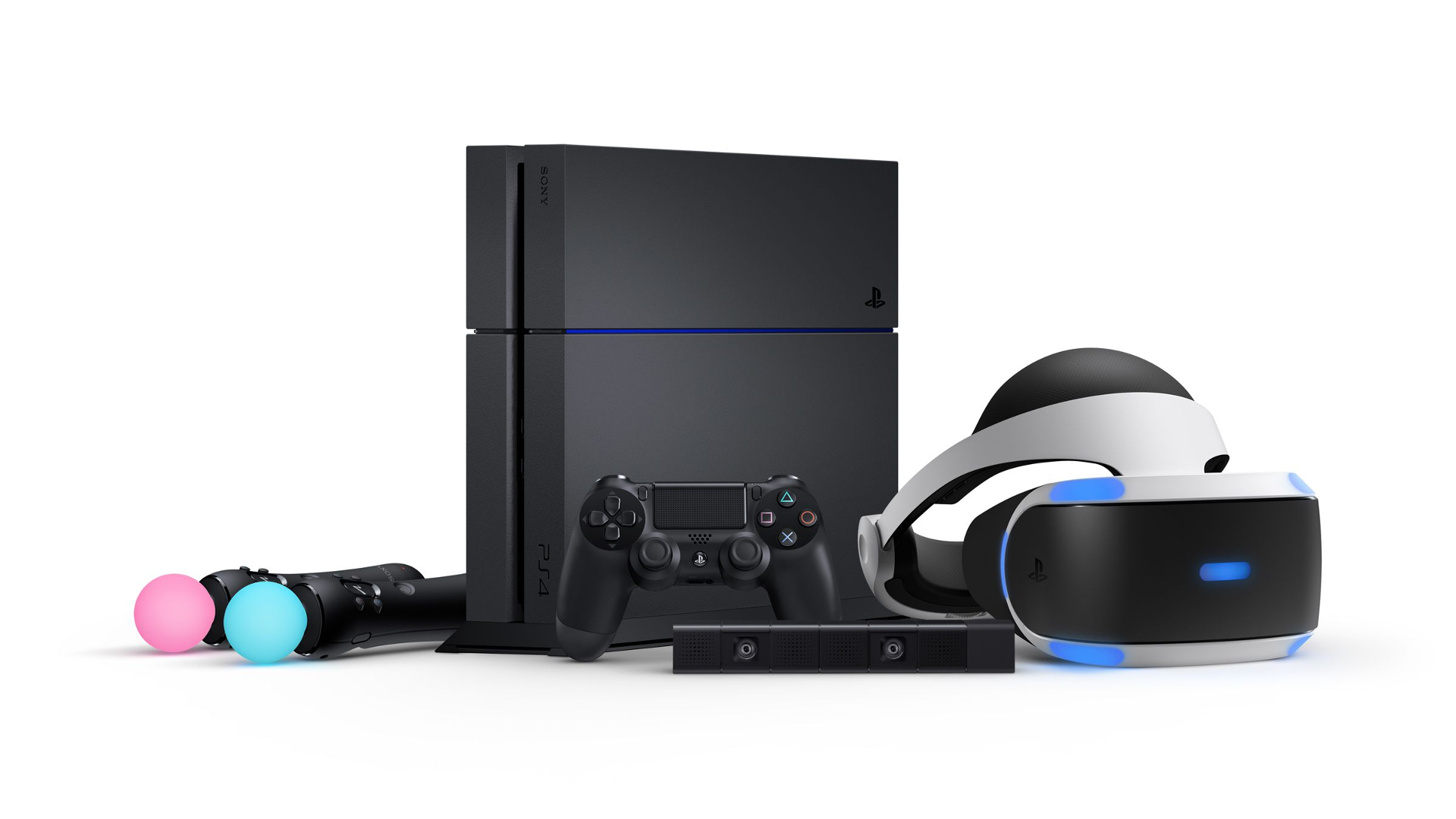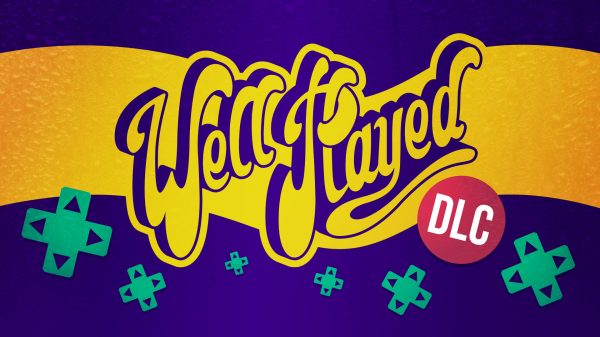Sony did a lot of great marketing for the launch of the PlayStation 4. It was at the February PlayStation 4 reveal in 2013 where their focus on ‘the gamers’ was first introduced. It had a strong presence at E3 of that year as well as sporting a lower price point price than Microsoft’s Xbox One. This coupled with its earlier schedule in North America and the relatively conservative features managed to overwhelmingly win audiences over. The dull embers of the console wars were once again whipped into a fiery tornado by the seemingly limitless hot air of fanboys armed only with keyboards and wild speculation, and thus did the memes flow like a river of pestilence. Pre-launch drama aside, it’s probably fair to say that the PlayStation 4’s actual arrival in November 2014 turned out to be a little lacklustre. While it wasn’t lacking in third-party support (with annual large titles like FIFA, Battlefield, Assassin’s Creed and Call of Duty featuring prominently), but the underwhelming Killzone: Shadowfall and the widely lambasted Knack were the only AAA exclusives available (and there really wasn’t much on the horizon either). After the launch of the PS4 you couldn’t swing a Power Glove without hitting a meme about ‘waiting for greatness’ or Sony’s new ‘indie box’. It took a while for a good catalogue to build too (not including the tidal wave of late-last-gen remasters like The Last of Us and Tomb Raider), and this slow start did not go unnoticed.
Fast forward to 2015, where the virtual reality device known as Project Morpheus was officially unveiled as the PlayStation VR at the Tokyo Game Show. Since then, Sony have made some major VR announcements at all the trade shows since then. Paris Games Week brought the announcements of Gran Turismo Sport, Battlezone and Robinson: The Journey. Rez Infinite was announced at PSX, with the exclusive Star Wars: Battlefront experience being announced at GDC. E3 2016 was a moment where Sony went all out and announced Resident Evil 7: Biohazard (in a pretty genius way), Far Point, Final Fantasy XV, and Batman: Arkham VR. Sony has not stopped there though. Since E3, games have been announced left, right and centre. These include Driveclub VR, Rise of the Tomb Raider: Blood Ties and Call of Duty: Jackal Assault. There is a clear drive by Sony to get partners on board and introduce people to the world of VR through their device, and back up their launch with a solid and diverse line-up of titles.
Virtual reality is a lot more difficult to market than a traditional console. While virtual consoles are just a more powerful upgrade from the previous generation, virtual reality is completely new territory. While you can see the difference in resolution and graphics on a new console, virtual reality needs to be experienced to appreciate its value. Sony’s Road to Greatness Tour, Demo stations in retailers like Best Buy and PSVR’s heavy presence at PSX, GDC, E3, Gamescom and PAX have all been great ways to get the device in as many hands as possible. However, it’s Sony’s recently announced free Day 1 demo disc which packs eight of the most exciting games which in my opinion is a true stroke of genius. Because VR is a new medium, having a demo disc with a wide variety of experiences (racing, flying, shooting, solving puzzles, exploring etc.) is a fantastic way to give owners a bit of content, while also letting them decide on their purchases from the comfort of their chair.

The Software Line-up
The PlayStation 4 initially promised three games on launch day and one more in its launch window (Infamous: Second Son). Knack was supposed to be the ‘tech demo’ game for the console and got assaulted in reviews. Killzone: Shadowfall, while solid, was unremarkable in a market flooded with modern first-person shooters. Driveclub on the other hand was delayed indefinitely and released almost a year later completely broken. Infamous: Second Son was a fine game, but players had to wait almost four months to play it. The only saving grace was Resogun, which despite being fantastic was not a game you would buy a $500 AUD console for.
PlayStation VR seems to have much stronger support from Sony and a much more thought out approach to enticing players to try different games. RIGS is probably the closest equivalent to Killzone: Shadowfall. Both are made by Guerrilla Games (although by different teams within GG), both are first-person shooters with competitive online multiplayer and both run on the Shadowfall engine. RIGS however seems more refreshing. While Killzone suffered from being stuck in a tired franchise and a saturated market, RIGS throws an eSports and light-hearted tone into the mix, giving it a Rocket League feel to it.
I said Knack was supposed to be the tech demo for the PlayStation 4, and PlayStation VR Worlds is probably the equivalent of the launch tech demo for this device. While I don’t think this game will set the world on fire, I certainly think it’s a much more thoughtful way to showcase the hardware and show players why this device is great. VR Worlds throws in arcade, sports, first-person shooting and exploration experiences to really show the potential of VR.

Moreover, it was just confirmed recently that Driveclub VR will also be a day 1 title, at a low price point of $49.95 AUD. This puts it ahead of the original Driveclub in almost every aspect. Sony has also decided to bring Until Dawn: Rush of Blood, Tumble VR, Superstardust Ultra, Bound, Here They Lie and Wayward Sky Day 1 to PlayStation VR while also publishing Battlezone and EVE: Valkyrie at retailers. There is a clear colossal shift in how Sony is taking its own initiative to publish a wide variety of games and support the hardware as much as possible for launch.
Let’s not forget some of the third-party exclusives for the headset either. Being a relatively new piece of technology, it’s unusual to see so many traditionally multiplatform franchises lending their exclusive weight to the device. However, within the launch window, Sony has secured exclusivity for titles such as Batman Arkham VR (from WB Games), Rise of the Tomb Raider: Blood Ties (from Square-Enix), Robinson: The Journey (from Crytek), Ace Combat 7 (from Bandai Namco), Call of Duty: Jackal Assault (from Activision) and Star Wars: Battlefront X-Wing Mission (from EA Games). Most of these games will be out within a couple months of the system launching. By comparison, it was not until almost two years after the launch of the PS4 that Sony secured big third-party exclusives in the form of Dragon Quest Heroes and Street Fighter 5 and one would argue that third-party exclusives have always been important to Sony. Final Fantasy, Metal Gear Solid, Tekken and Grand Theft Auto were just some of the franchises that sold millions of PlayStations back in the day. Even then, the decision to make Street Fighter V a PlayStation 4 console exclusive was at the very least, questionable. Why Street Fighter? Why a fighting game? A lot of it did not make the most commercial sense. Something like Star Wars Battlefront makes a lot more sense. Putting aside that fact, Sony has had a strong relationship with EA and the franchise, playing an X-Wing in VR makes perfect sense, and securing something like Star Wars exclusivity for their VR device makes a lot more sense to me than making Street Fighter V a console exclusive on PlayStation 4.

Sony cannot simply rest on their laurels for the PSVR. The PlayStation 4 was comparatively an easy sell and without the marketing and the exclusives, Sony did not have to do anything really. PlayStation VR is completely new territory. The concept and benefits of VR needs to be conveyed in an entirely different way than regular consoles and Sony has done a good job so far. Furthermore, there needs to be software support. Sony have been very calculated in everything they have been doing, from the great announcements of third-party exclusives to the low price point and showing off features at conferences. They’ve also offered plenty of opportunities for people to try the device before release and will publish a wide variety of different games from first-party, second-party and independent studios, while also providing most of the exciting games free in the form of a day 1 demo. The more I see this new, unique and smaller experiences, coupled with the vast amount of demoes, the more it reminds me of the transition from 2D consoles to 3D. Sony got too comfortable with the PlayStation 4 and certain flaws in their strategy are starting to come to the fore (No Man’s Sky, The PS4 Pro reveal, lack of mods for Bethesda games and the umpteenth delay of the Last Guardian to name a few). However, for the terrible week Sony PR have received lately, PSVR still seems to be their saving grace, because they are doing it right this time.
Mr Multiplatform just wants everyone to get along. Occasionally he gets called a Sony fanboy but then he spams haters with photos of his Halo, Gears of War, Super Mario and Zelda statues. When he is not gaming he is in legal courts thinking about video games or recording music thinking about games


























